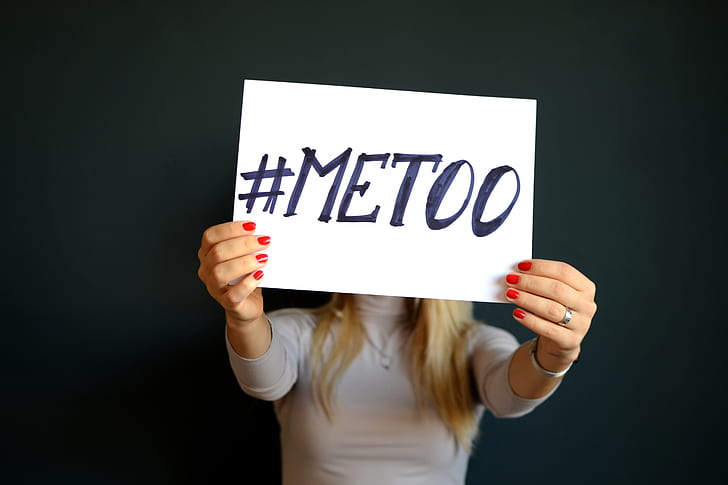Highlighted by the #MeToo movement, the reporting of sexual harassment at work has become more prevalent, as have the barriers that many experience when reporting it.
In a 2019 survey conducted by the TUC where 1,000+ lesbian, gay, bisexual and transgender people (LGBT) were consulted, an alarming 68% reported that they had been sexually harassed at work.
What is sexual harassment?
Sexual harassment occurs when an individual engages in unwanted behaviour of a sexual nature (verbal, non-verbal or physical conduct), and:
- Violates someone’s dignity
- Creates an intimidating, hostile, degrading, humiliating or offensive environment for the individual concerned
New guidance
New guidance has been issued by The Equality and Human Rights Commission (EHRC) regarding dealing with sexual harassment at work.
It states that all employers have a duty of care to protect their workforce and are legally liable for harassment in the workplace if they haven’t taken reasonable steps to prevent it.
The guidance includes a legal explanation and examples of how to manage and respond effectively to workplace harassment. In addition the EHRC has recommended seven steps that employers should take to prevent and manage sexual harassment in the workplace:
- Develop an effective anti-harassment policy
- Engage colleagues with regular one-to-ones and have an open-door policy
- Assess and mitigate risks in the workplace
- Consider using a reporting system that allows employees the option of raising an issue anonymously
- Train employees on what sexual harassment in the workplace looks like, what to do if they experience it and how to handle complaints
- Act immediately when a harassment complaint is made
- Treat harassment by a third-party just as seriously as that by a colleague
It also discourages the use of NDAs (non-disclosure agreements) unless they are deemed to be necessary and appropriate.
Non-Disclosure Agreements
What is an NDA?
NDAs are contracts or parts of contracts that typically prevent colleagues and ex-colleagues from making information public. They are also referred to as confidentiality or gagging clauses. They can be found:
– in an employment contract
– in an Acas settlement form (‘COT3’), written up when an agreement is reached through ‘conciliation’
– in a settlement agreement
– in a separate, standalone document
Employers should follow fair procedures to resolve workplace issues as opposed to using NDAs. For example; disciplinary or grievance procedures, investigation or whistleblowing procedure. This will help avoid problems worsening and prevent legal action, along with keeping colleague motivation and encouraging a more open and productive workplace. Colleagues should be encouraged and supported, allowing them to open up about any issues and have their problems dealt with in an appropriate way. Giving managers training to spot the early signs of disagreements and resolving issues can help improve colleague productivity, prevent the problems from getting worse and avoid legal action.
When might an NDA be used?
If an employer and employee make an agreement to solve a workplace dispute, they may use an NDA to keep the details of the agreement or the fact an agreement has been made confidential. This may include the sum of money agreed in a settlement agreement, the settlement terms or the circumstances leading to the settlement agreement.
They may also be used:
– to keep a company’s information confidential
– when an employer needs a lot of protection for customer or client identities, intellectual property or other sensitive or important business information
– to keep confidential certain things the employee knows about the workplace or business
– to stop someone making critical or insulting comments, for example about the employer or employee, specific people in the workplace, the service that an employer provides, or their customers and clients
– to help protect someone if the details of a dispute or dismissal became widely known
When should an NDA not be used?
– prior to investigating if another solution can be used instead
– when they’re not needed
– to stop someone reporting discrimination, harassment or sexual harassment
– to cover up inappropriate behaviour or misconduct
– to avoid addressing disputes or problems in the workplace
– to mislead someone
This article covers just some of the things employers can do help prevent sexual harassment in the workplace. If you require further information, or need some guidance on a current claim, get in touch today on 0161 603 2156 / [email protected] for further advice.




